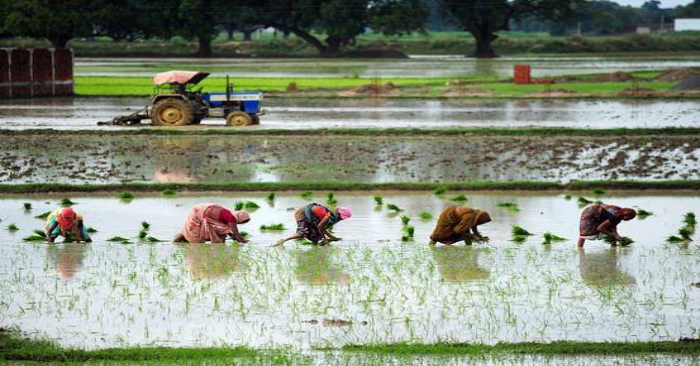India’s Dry Monsoon Imperils Global Agricultural Trade and Food Security

India is grappling with a severe dry monsoon season, posing significant threats to its agricultural output. The country, a major global exporter of essential commodities like rice, sugar, and onions, experienced an unusually dry summer this year. August 2023 marked the driest August since 1901, with a 36 percent rainfall deficit, according to the India Meteorological Department. Despite a slight improvement in September, the overall monsoon rains were 94 percent of the long-term average, the lowest since 2018.
This dry spell is detrimental to India’s $3 trillion economy, heavily reliant on the monsoon season, which typically provides 70 percent of the country’s required rainfall for crop irrigation and reservoir replenishment. Nearly half of India’s farmland lacks irrigation facilities, accentuating the importance of monsoon rains for agricultural production.
The impact of the summer rainfall deficit extends globally, affecting staple crops such as rice, sugar, pulses, and vegetables. India’s reduced production has led to export restrictions, with a ban on non-basmati white rice. This move, coupled with similar actions taken by other countries facing weather-related crop declines, has sparked concerns about global food inflation. Rice prices surged by approximately 20 percent following India’s export ban, affecting vulnerable communities in India and rippling across Southeast Asia. Malaysia faced panic buying, leading to empty shelves, and engaged in talks with India to lift export restrictions.
Additionally, water scarcity for irrigation has intensified regional tensions in India, triggering protests in states like Karnataka and Tamil Nadu over river water sharing disputes.






